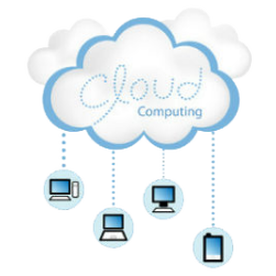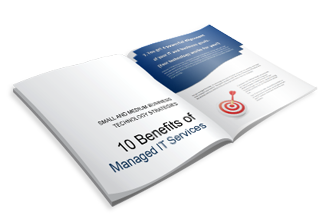Understanding Cloud Computing |
Understanding IT |

Free yourself from traditional IT with Cloud Services Cloud computing is managed, shared applications, development platforms, or computing infrastructure accessible via the internet. It provides options such as bandwidth and on-demand computing power with flexible capabilities normally purchased as a metered service. The National Institute of Standards and Technology (NIST) defines cloud computing as a "model for enabling ubiquitous, convenient, on-demand network access to a shared pool of configurable computing resources (e.g., networks, servers, storage, applications, and services) that can be rapidly provisioned and released with minimal management effort or service provider interaction." NIST lists five essential characteristics:
According to NIST, cloud computing is deployed four ways over three service models. The three service models are:
The four deployment models are:
|
Free White PaperThis whitepaper will evaluate the differences between traditional technical support practices and modern managed IT practices and the pros and cons of both in regards to small and medium-sized businesses.
|


